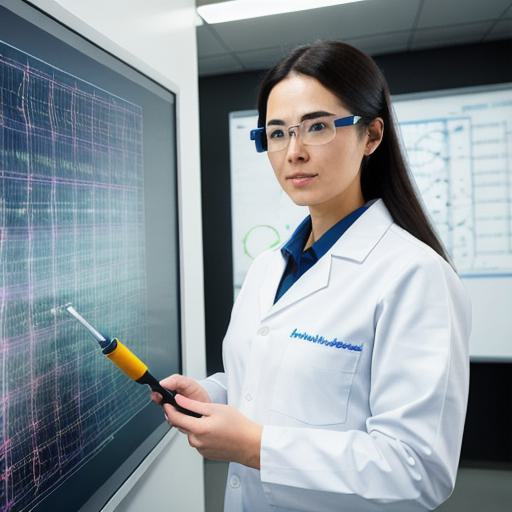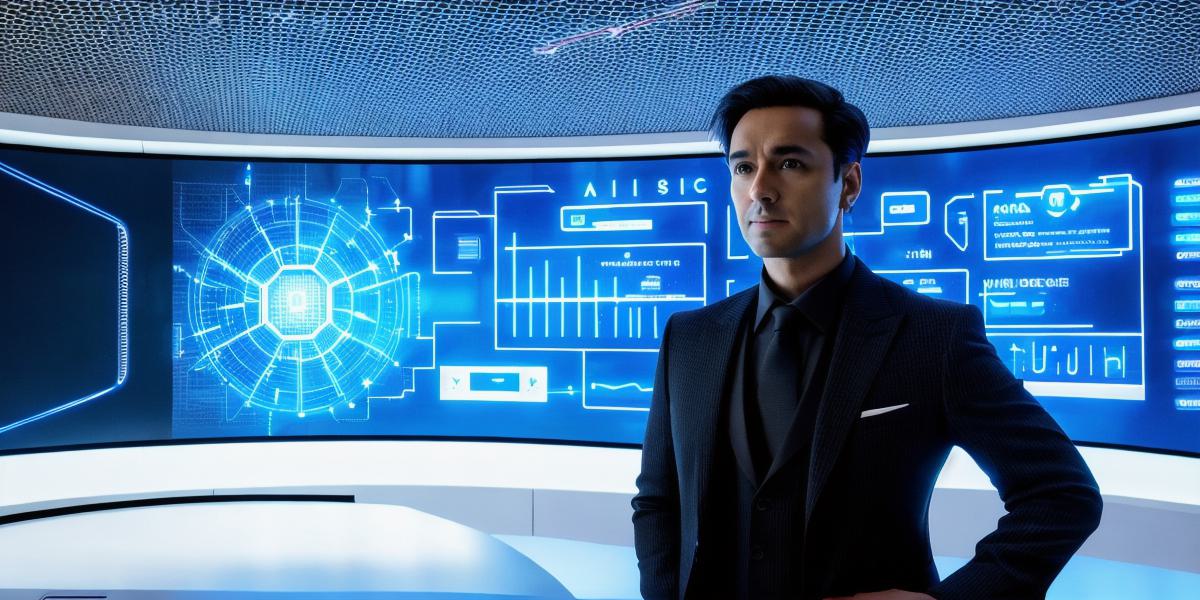In recent years, the web has evolved from a simple means of sharing information to a complex and powerful tool for building applications and services. With the rise of artificial intelligence (AI) and decentralized technology (Web3), the potential for the web to revolutionize our lives is almost limitless. In this article, we’ll explore how these two technologies are coming together to create a new generation of web-based applications that are more powerful, efficient, and secure than ever before.

AI and Web3: A Match Made in Heaven
At first glance, AI and Web3 may seem like completely different concepts. AI is all about using machines to think and act like humans, while Web3 is focused on building decentralized applications that are powered by a network of computers instead of a central server. But the truth is, these two technologies have a lot in common.
Both AI and Web3 rely on large amounts of data to function effectively. In order for an AI system to learn and improve, it needs access to vast quantities of information. Similarly, Web3 applications require a network of computers to process and store data, making them more scalable and resilient than traditional centralized systems.
In addition, both AI and Web3 have the potential to disrupt traditional power structures and create new opportunities for innovation. By leveraging the collective intelligence of machines and the decentralized nature of a Web3 network, it’s possible to build applications that are more intelligent, efficient, and secure than anything we’ve seen before.
Case Studies: Real-Life Examples of AI and Web3 in Action
To help illustrate how AI and Web3 are being used together to revolutionize the web, let’s take a look at some real-life examples.
One great example is the use of machine learning algorithms to analyze data on a blockchain network. By using AI to process this data, it’s possible to create more efficient and accurate smart contracts that can automatically execute transactions without the need for intermediaries. This has the potential to greatly reduce transaction costs and increase transparency in financial transactions.
Another example is the use of decentralized autonomous organizations (DAOs) to govern the behavior of AI systems. By creating a self-governing entity that can make decisions about how an AI system operates, it’s possible to create more transparent and accountable AI applications. This has the potential to increase trust in AI systems and reduce the risk of bias or discrimination.
FAQ: Frequently Asked Questions About AI and Web3 on the Web
As we explore these examples, you may have some questions about how AI and Web3 are being used together on the web. Here are a few frequently asked questions to get you started:
- What is the difference between AI and Web3?
- AI focuses on using machines to think and act like humans, while Web3 focuses on building decentralized applications powered by a network of computers.
- How do AI and Web3 work together?
- AI and Web3 both rely on large amounts of data to function effectively, and both have the potential to disrupt traditional power structures and create new opportunities for innovation.

- What are some real-life examples of AI and Web3 in action?
- Machine learning algorithms can be used to analyze data on a blockchain network, and decentralized autonomous organizations (DAOs) can govern the behavior of AI systems.
- How does using AI and Web3 together impact society?
- The potential for AI and Web3 to revolutionize our lives is almost limitless, with the ability to create more intelligent, efficient, and secure applications than anything we’ve seen before.
Conclusion: A Brave New World of Web-Based Applications
As we look to the future of the web, it’s clear that AI and Web3 are going to play a major role in shaping our world. By combining the power of machines with the decentralized nature of the web, it’s possible to create applications that
